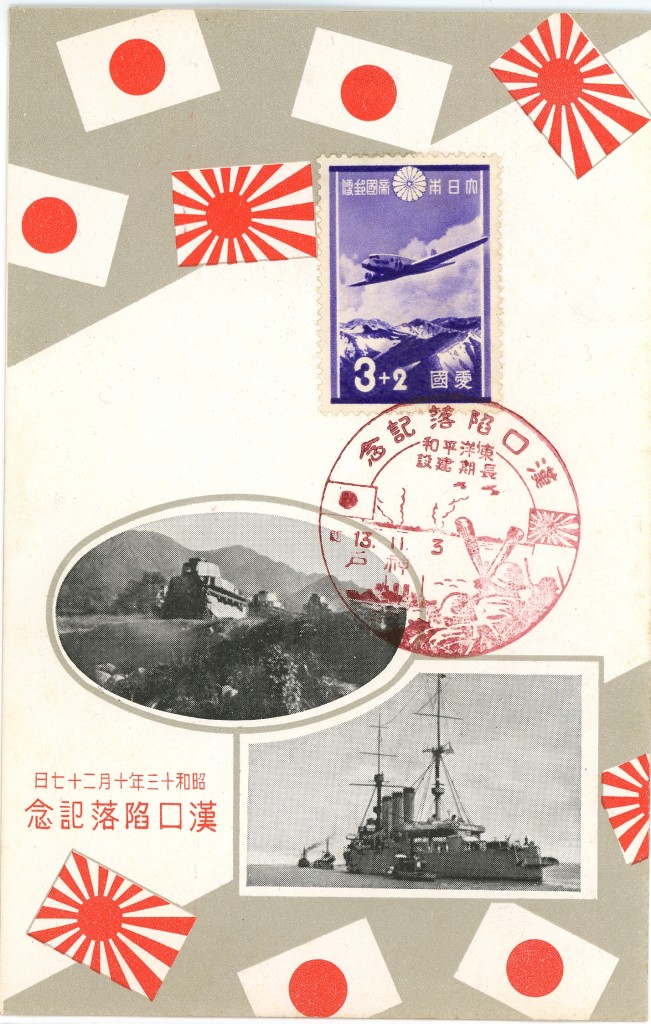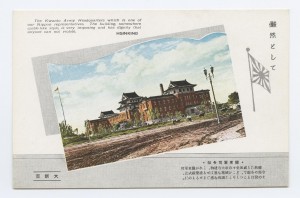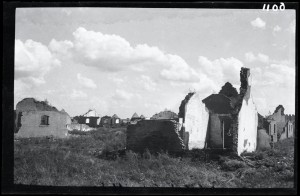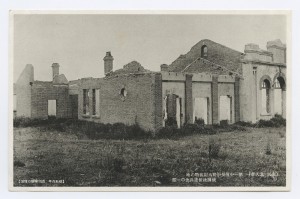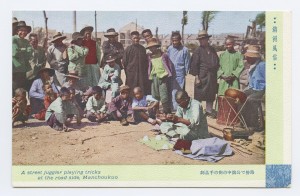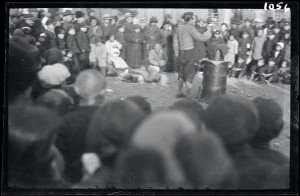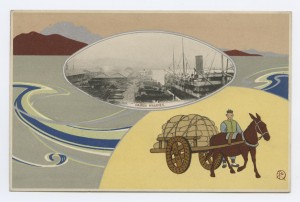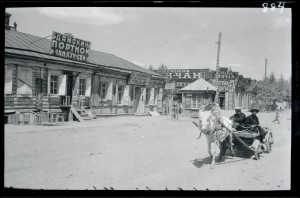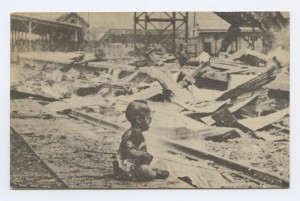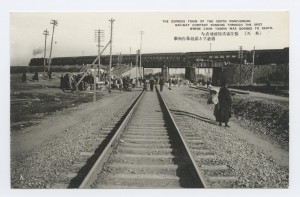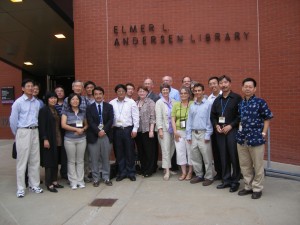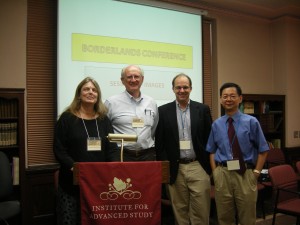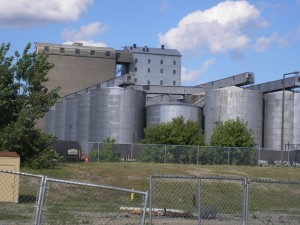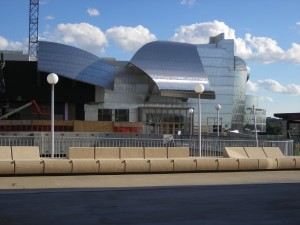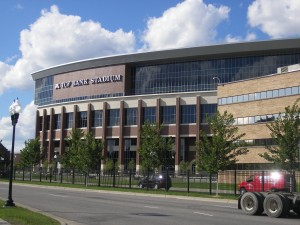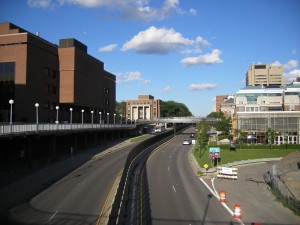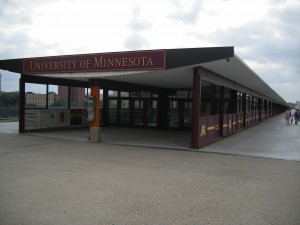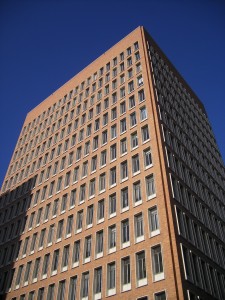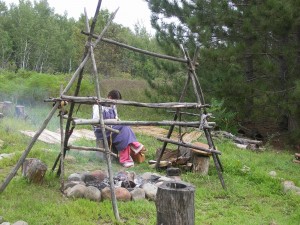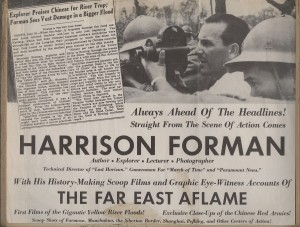Summer Research in Taipei.
On June 29th, I arrived in sunny Taipei and began work at Academia Sinica, a famous research institute on the far west end of Taipei in a district called Nankang (southern Harbor). A new subway stop has been added to the Bannan line called “Nankang” but it is still a good 30 minute hike to Sinica, if you can walk quickly.

The above picture is the guest center, which over the years has become slightly posh, though it has still retained most of its charm, like all-night ping pong in the basement, a cash-only (Taiwan Dollars) payment system, and a communal cafeteria whose staff lets you know who is boss. The best thing about the center is that its internet connection provides access to many of the Sinica on-line databases, in case you have time between rounds of ping pong at night.
Pictured below is the new combined Social Science and Humanities library. I did much of my work this summer in the Institute for Taiwan History’s digital archive preparatory room and this library.

One of my current interests is the production and dissemination of colonial postcards. At this institute, an image collection of some 4700 items, mostly picture postcards, is housed above the offices of the ITH. For a number of reasons, these are not accessible on line, though they have been digitized and put on a pretty good website. Luckily, I was allowed, by the grace of friends in high places, to study albums of copies of the cards. The most interesting cards in this collection, from my point of view, are the aerial views of Taiwan cities and the military campaigns against Indigenous Peoples. The former were illegal to publish, and were probably very quickly confiscated by the Japanese police. The latter are of interest because such cards ceased production by 1920, for reasons I am still exploring in my research.
 An exhibit from 2008
An exhibit from 2008

 An interesting postcard from research perspective
An interesting postcard from research perspective

Historical materials preparatory room with albums of color copies of postcards.
I hope that one day this digital archive will be open, or that at least researchers might be extended the usual options of photocopying, to further research into communications history, publishing, and design, not to mention colonialism.
In contrast to the secretive atmosphere surrounding the postcards, the vast library shared by the various institutes is open-stack and visitor-friendly. Large work spaces, internet access at each table, efficient copy rooms, and a good collection of periodicals, books, and assorted maps. The Social Science Humanities Library at Sinica has the most beautiful interior of any library I’ve had the pleasure to use.

 Keeping it real. For some reason, these tire gardens capture the flavor of the sidewalk that parallels “Research Road” connecting Academic Sinica to the MRT (subway station).
Keeping it real. For some reason, these tire gardens capture the flavor of the sidewalk that parallels “Research Road” connecting Academic Sinica to the MRT (subway station).
Next Stop. The National Central Library,
 No.20, Zhongshan S. Rd., Zhongzheng District
No.20, Zhongshan S. Rd., Zhongzheng District
This library is across the street from the Chiang Kai-shek Memorial Square (in Liberty Square).
 Liberty Square in Taipei
Liberty Square in Taipei
The National Central Library boasts the largest collection of colonial Taiwan postcards that I know of. Like the Sinica ITH collection, access is restricted, photocopies verboten, and cameras not allowed. However, the actual cards can be viewed, along with the backs of the cards. Moreover, the Library’s website for the cards is public access, although the resolution of the images is too low to read captions. On the other hand, the meta-data is provided. All in all, curiously restrictive, but a step up from Sinica in terms of access.

The library also houses dissertations written at Taiwan universities and anything that has been published in or about Taiwan. The staff is exceedingly helpful. The security, admissions, and book retrieval systems are similar to the National Diet Library in Tokyo, but you can copy your own material in a copy room here, which can be a big advantage for smaller jobs or researchers on the go.
 Shade trees along the walk from MRT (subway) stop to the Library.
Shade trees along the walk from MRT (subway) stop to the Library.
Next stop: Library of the former Government-General of Taiwan, aka the National Taiwan Library.
 No.85 Zhong-an St., Zhonghe City, Taipei County 235
No.85 Zhong-an St., Zhonghe City, Taipei County 235
The first floor of this library is very much a public space. Users of all ages come to watch movies, television shows, read magazines and visit the exhibits for children. The sixth floor, however, is a somber, state-of-the-art research center. Here, the staff all speak Japanese (hooray!) and there are no time-limits for use of the computers. The old library of the Taiwan Government General (Japanese colonial government, 1895-1945) is housed here (but not the documents: those are still in Nantou). While here I researched railway travel guides, photo albums, and the writings of early-twentieth century colonial officials. Most of the old materials exist as high-quality photo-copied, bound volumes or on microfilm.
 A typical Taiwanese sidewalk, sheltered from the blazing sun and the heavy down pours.
A typical Taiwanese sidewalk, sheltered from the blazing sun and the heavy down pours.
 A name to attract the archive rats
A name to attract the archive rats
 My home away from home during my stay in Taipei
My home away from home during my stay in Taipei
 Taipei 101 Tower in Xinyi district
Taipei 101 Tower in Xinyi district
 For small town resident like myself, these colorful bright lights of Xinyi require no justification. Lovely!
For small town resident like myself, these colorful bright lights of Xinyi require no justification. Lovely!
 Fellow out-of-towners taking photographs of Taipei’s squeaky-clean, punctual and reasonably priced subway system. Don’t even think about eating or drinking on these trains–you will get nailed (and fined, or at least scolded)
Fellow out-of-towners taking photographs of Taipei’s squeaky-clean, punctual and reasonably priced subway system. Don’t even think about eating or drinking on these trains–you will get nailed (and fined, or at least scolded)
 The Taiwan Store, near Taiwan National University. My favorite one-stop shop for the latest books about Taiwan (and postcards or assorted trinkets).
The Taiwan Store, near Taiwan National University. My favorite one-stop shop for the latest books about Taiwan (and postcards or assorted trinkets).
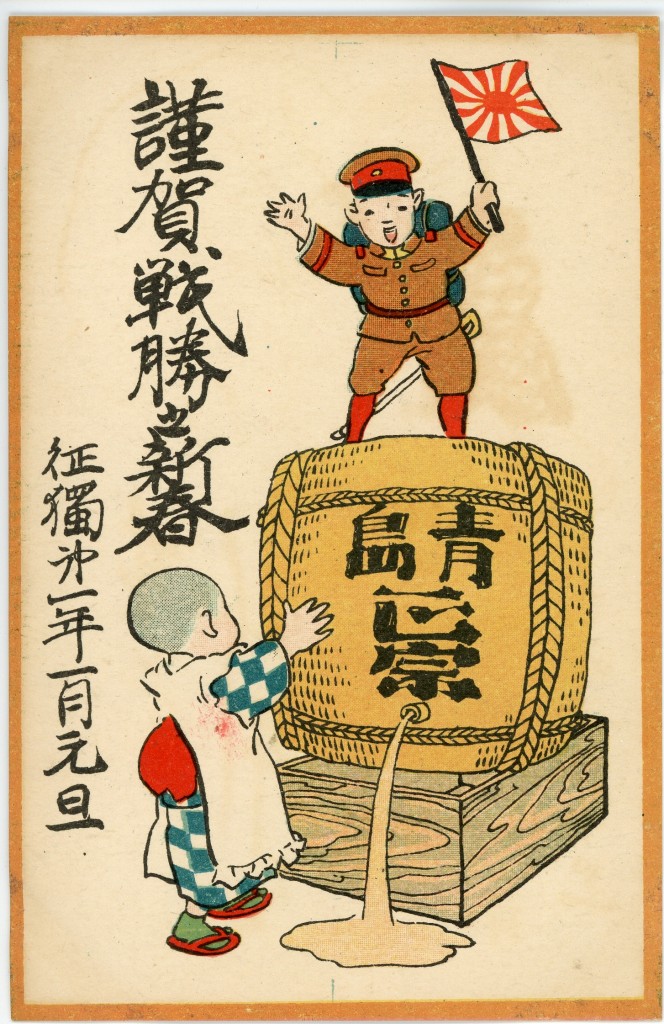 “The First New Year after the Conquest of Germany.” (Qingdao)
“The First New Year after the Conquest of Germany.” (Qingdao) “Year 3 of the outbreak of the “Manchurian Incident” September 18th [1931]
“Year 3 of the outbreak of the “Manchurian Incident” September 18th [1931] The Manchu Emperor’s Imperial Visit to Tokyo April 6, 1935
The Manchu Emperor’s Imperial Visit to Tokyo April 6, 1935 “3d Year of the China Incident Poster: July 7 [1937]”
“3d Year of the China Incident Poster: July 7 [1937]”
